
Neem and turmeric (haldi) are treasured in Ayurveda and have many uses in skin care. Both are known to have anti-ageing, anti-fungal and anti-inflammatory properties and they are used to treat skin issues such as dandruff, psoriasis, eczema and acne. Neem also has antioxidant properties and is becoming a popular ingredient in skin care and beauty products.
Neem oil, which is derived from the seeds of the plant, is rich in vitamin E and acts as a good moisturizer for the skin.
Related Posts:
- Sandalwood Soap with Ghee – Handmade Soap Recipe
- DIY Turmeric Face and Body Scrub
- Turmeric and Ginger Handmade Soap
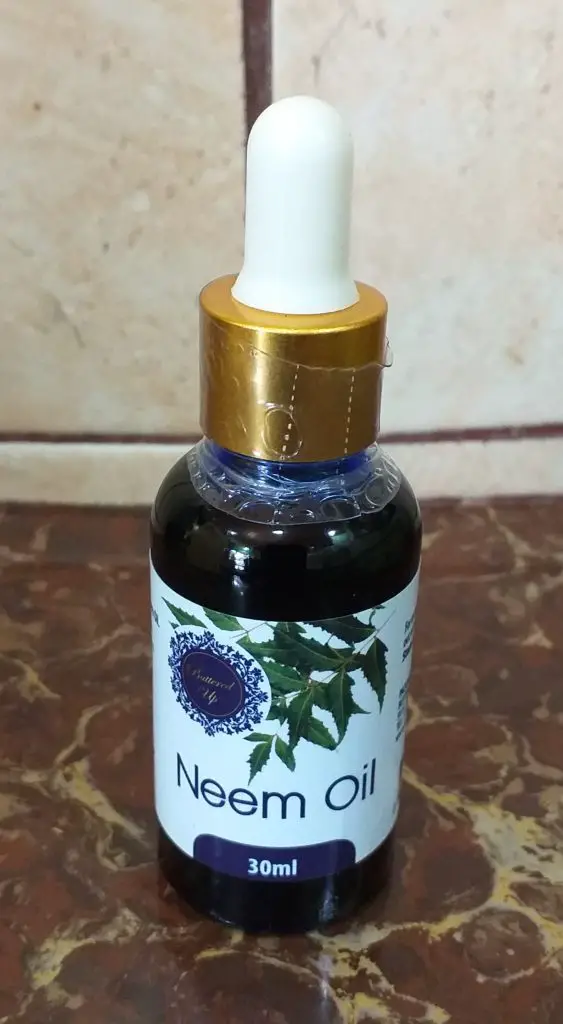
This neem and turmeric handmade soap is a rich, natural soap that is gently exfoliating with a lush and creamy lather.
I incorporated cold-pressed neem oil, powdered neem leaves from neem tea bags and turmeric root powder into this soap.
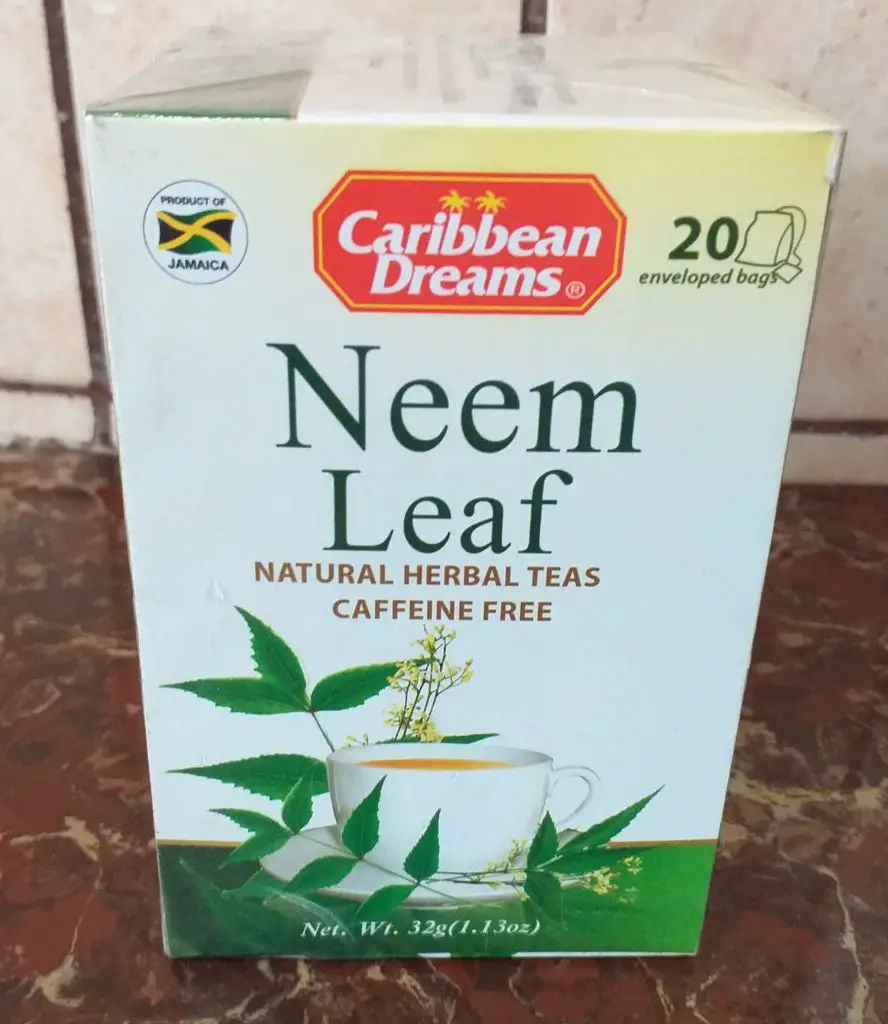
Note, if you only have access to coarse or whole neem tea leaves such as this one, you will have to grind it to a powder in a food processor or NutriBullet, if you have one.
You can use any fragrance or essential oil you like in this recipe. I used Frankincense essential oil for a more earthy and natural smell. Neem oil itself has a strong garlic/sulphur smell so I do recommend scenting this soap.
Interested in learning more about natural soap making? Check out Natural Soapmaking by The Nerdy Farmwife.
Ingredients
- 2 oz of castor oil
- 1oz of cocoa butter
- 8oz of coconut oil
- 4oz of olive oil
- 1oz of shea butter
- 0.5oz cold-pressed neem seed oil
- 2.45 oz of lye (sodium hydroxide)
- 6.1 oz of water
- 0.5oz of fragrance or essential oil
- 1 tsp of turmeric powder
- 1tsp of powdered neem leaf tea
This recipe has a weight of approximately 25oz before curing and yields 6 about bars each weighing 3.5oz.
Directions To Make Neem and Turmeric Handmade Soap
If you have never made soap before, see my post on How to Make Soap From Scratch For Beginners.
First, safety is important when working with lye so suit up with protective gear, safety glasses, gloves and long-sleeved clothes before beginning.
In a well-ventilated area, and using a heat-resistant container, add the lye to the water (and not the other way around) and stir to dissolve it completely. Avoid inhaling the fumes and bear in mind that the container will heat up. When properly dissolved, leave the lye solution to cool in an area safe from children and pets.
Next, in the microwave or in a double boiler, melt the solid fats such as cocoa and shea butter. Do this if your coconut oil is solid as well.
Add all your oils and melted butters to your mixing container, with the exception of the neem oil.
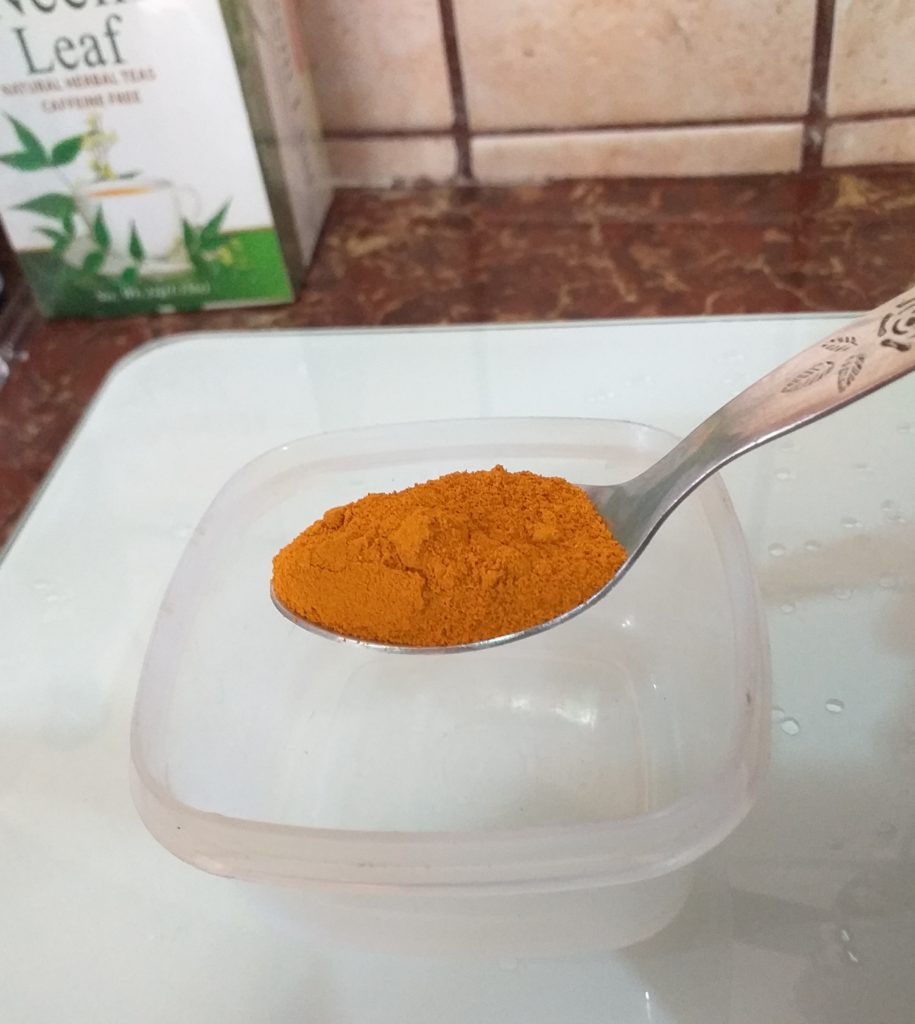
Add the turmeric powder to the oils and blend with the immersion blender until it is mixed thoroughly.
Next, add the lye mixture to the oils and blend with the stick blender until it reaches a light trace. At this point, add your chosen fragrance or essential oil, the neem oil and the powdered neem leaves. Continue mixing until everything is well blended.
Pour the soap into the mould and allow it to set in an undisturbed area for at least 24 hours.
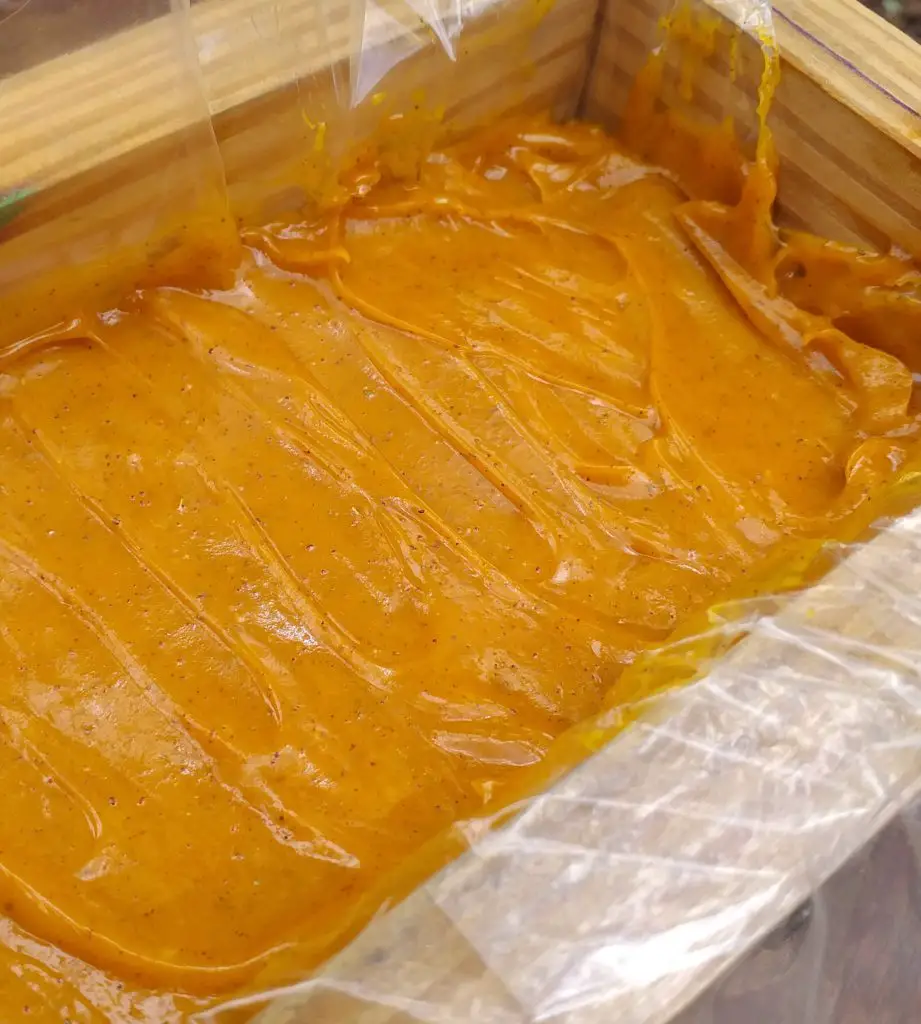
After 24 hours, check that the soap is solid and once it is, remove it from the mould and cut it into bars according to your preference.
Place soaps in a well-ventilated area to allow them to cure for 4 to 6 weeks, turning them occasionally to allow all sides to be exposed to air. This curing process allows the saponification process to complete and water evaporates from the bars making them harder and milder.
After the curing period, your neem and turmeric handmade soap will be ready to be used.
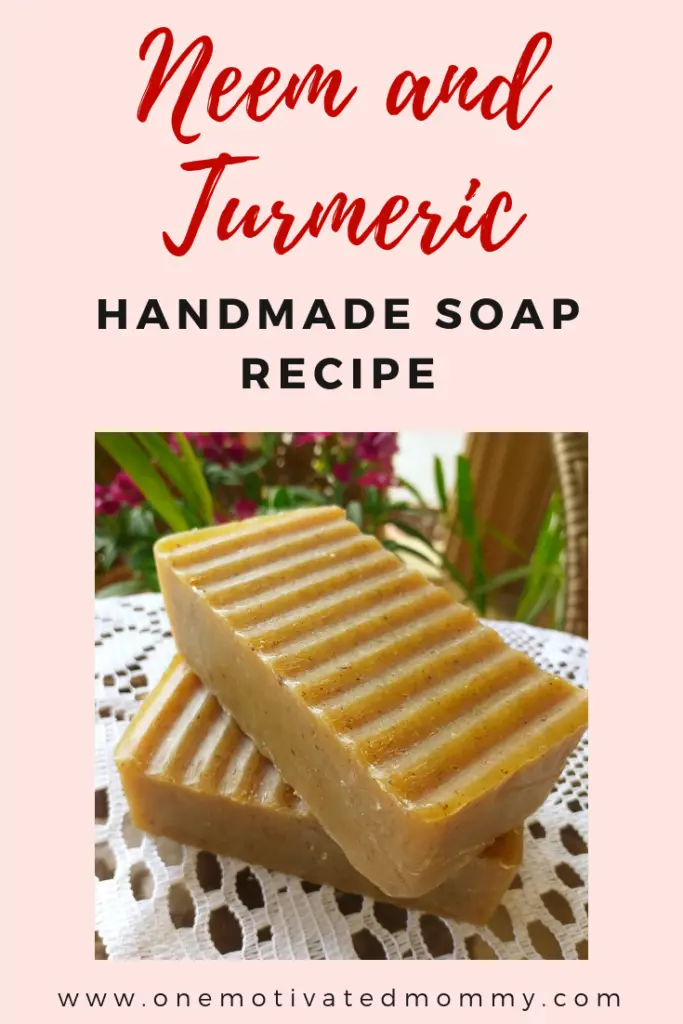


I will certainly try this recipe. It is very detailed.
Thanks Triniduchess. Let me know how it turns out 😊
your contents and pictures are great. Thanks still looking for recipes in soap making. It was nice reading your contents thanks for sharing this information.
I’m studying all about ingreds to put in my soap for excemia so it was nice to come across your site